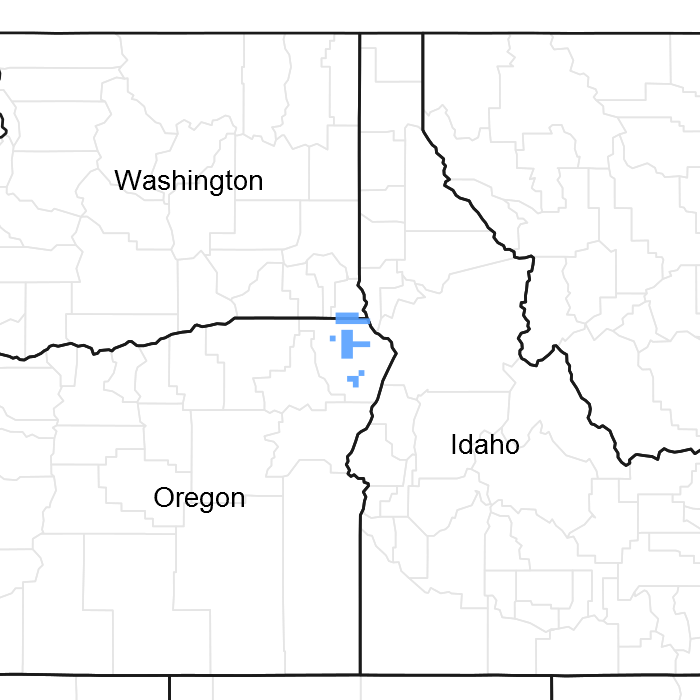
Natural Resources
Conservation Service
Ecological site R009XY045OR
North 17-24 PZ
Last updated: 5/05/2025
Accessed: 12/18/2025
General information
Provisional. A provisional ecological site description has undergone quality control and quality assurance review. It contains a working state and transition model and enough information to identify the ecological site.

Figure 1. Mapped extent
Areas shown in blue indicate the maximum mapped extent of this ecological site. Other ecological sites likely occur within the highlighted areas. It is also possible for this ecological site to occur outside of highlighted areas if detailed soil survey has not been completed or recently updated.
Associated sites
| R009XY030OR |
South 17-22 PZ South 17-22" PZ |
|---|---|
| R009XY031OR |
Shallow South 14+ PZ Shallow South 14"+ PZ |
| R009XY046OR |
Shrubby Moist North 15+ PZ Shrubby Moist North 15"+ Pz |
| R009XY060OR |
Shrubby North 15+ PZ Shrubby North 15"+ PZ |
Similar sites
| R009XY046OR |
Shrubby Moist North 15+ PZ Shrubby Moist North 15" PZ (higher producition, greater subsurface flow) |
|---|---|
| R009XY060OR |
Shrubby North 15+ PZ Shrubby North 15"+ PZ (higher production, higher elevation) |
Table 1. Dominant plant species
| Tree |
Not specified |
|---|---|
| Shrub |
Not specified |
| Herbaceous |
Not specified |
Click on box and path labels to scroll to the respective text.
